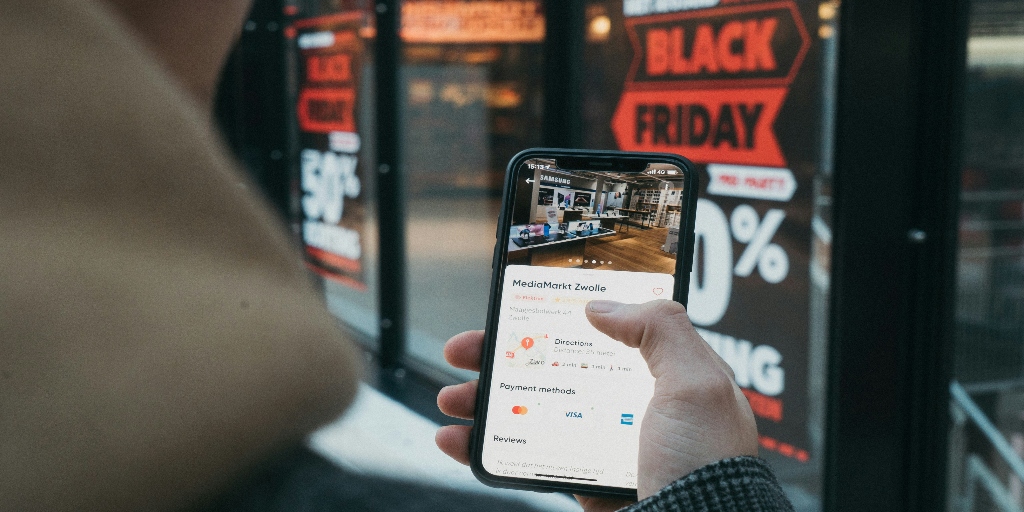Why an omnichannel setup is no longer optional for your business
- Last Updated : June 17, 2025
- 145 Views
- 4 Min Read

There was a time when having a website and running a few email campaigns was enough, but customers now move across platforms in seconds. They see an ad on Instagram, look up reviews on Google, browse your website, and maybe even drop a message via SMS—and they expect you to keep up with them at every step.
That’s where an omnichannel approach comes in. It’s not just nice to have anymore. It’s essential.
So, what is an omnichannel setup?
An omnichannel setup means being available on all the channels your customers use and, more importantly, making sure those channels work together. It’s not just about showing up in different places; it’s about delivering a connected experience.
For example, a customer sees a product on Instagram, visits your website, asks a question on live chat, and finally makes the purchase via Instagram or Facebook. With an omnichannel setup, they won’t have to explain themselves again and again. Every team they interact with—marketing, sales, and support—knows who they are and where they left off.
It’s one journey, not separate steps.
Why is this so important now?
According to Netcore Cloud’s 2024 report, companies with an omnichannel strategy see a 9.5% rise in annual revenue compared to those without. If your brand doesn’t offer a seamless experience, you risk losing them to someone who does.
- Customers expect consistency: They want every interaction to feel like it’s part of one ongoing conversation.
- They choose the channel: Email, chat, call, social media—whatever suits them at that moment.
- They don’t like repeating themselves: Every time a customer has to start over, you lose a bit of their trust.
- Competition is everywhere: If you’re not quick and connected, there’s always another brand that is.
- Attention spans are short: You don’t get a second chance to deliver a smooth experience. If there’s a hiccup, customers move on.
In short, it’s no longer enough just to be available. You need to be connected, consistent, and ready.
What an omnichannel setup looks like in marketing
Customers don’t just want to be reached; they want to be remembered. When your marketing feels connected and thoughtful, it builds trust and shows you’re paying attention. That’s what gets people to come back, not just convert once.
People scroll past ads without blinking, skip emails, and swipe away notifications like background noise. You have a tiny window to make an impact. An omnichannel approach helps you catch that moment and make it count.
It helps you stay visible across channels while keeping the message meaningful—not just loud.
What it helps you do:
- Reach people across platforms like email, SMS, social media, and push notifications.
- Keep your tone and message consistent across all touchpoints.
- Use real customer behaviour to trigger personalised and timely follow-ups.
For example, if someone clicks a Facebook ad for a new jacket but doesn’t buy it, the next day, they'll get a personalised email showing the same jacket with a 10% discount. A few days later, they'll get a SMS checking if they need help choosing a size. The tone is friendly, not pushy, and it works because it feels natural.
What omnichannel setup looks like in sales
In sales, context is everything. A good rep doesn’t just pitch; they also listen, understand, and respond with what the lead actually needs, but that’s hard to do if you don’t know what the lead has already seen, done, or asked.
That’s where an omnichannel setup makes a difference. It gives your sales team a complete view of the lead’s journey so they don’t have to ask the same questions again or send generic follow-ups.
It lets you:
- See the full lead history - web visits, ad clicks, downloads, live chats, and more.
- Reach out on the customer’s preferred channel - email, call, or even SMS.
- Personalise the conversation using real actions, not just names on a list.
- Prevent leads from falling through the cracks by staying in sync with marketing and support.
For instance, a lead joins your webinar, downloads a brochure, and chats with the support team. When your sales rep reaches out, they already know what the lead cares about. They don’t ask, “So what are you looking for?”—they jump straight into a helpful conversation.
Why this matters
Nobody likes repeating themselves. When sales reps already know the context, the chat feels warmer and more natural. That builds trust.
How to start building your omnichannel setup
You don’t need to go all in from day one. Start with the basics and build up.
1. Understand your customer journey
List how customers usually discover you, engage with you, and buy from you. What channels do they use? Where do they drop off?
2. Focus on your top channels
Pick two to three key channels to start with—maybe it’s email, live chat, and social. Get those right before expanding.
3. Connect your tools
Use systems that share data with each other. For example, if you’re using Zoho CRM, Zoho Marketing Automation, Zoho Desk, and Zoho Social, you can track a lead’s full journey in one place.
Let's say, if a customer tweets a complaint, once you integrate your social media with Zoho Desk, the query from social media is automatically turned into a ticket and it is linked to their CRM profile. So your support team sees they’re already in a deal stage. The sales rep gets notified and jumps in with a solution. That’s a joined-up, customer-first experience.
4. Train your team
Make sure every team knows how to access and use shared data. It’s not just about tools—it’s about people using them correctly.
In conclusion
Customer attention is scattered across platforms and expectations are sky high; a fragmented approach just doesn’t cut it anymore. By aligning your marketing, sales, and support teams with real-time data and shared tools, you don’t just follow your customers, you move with them.


